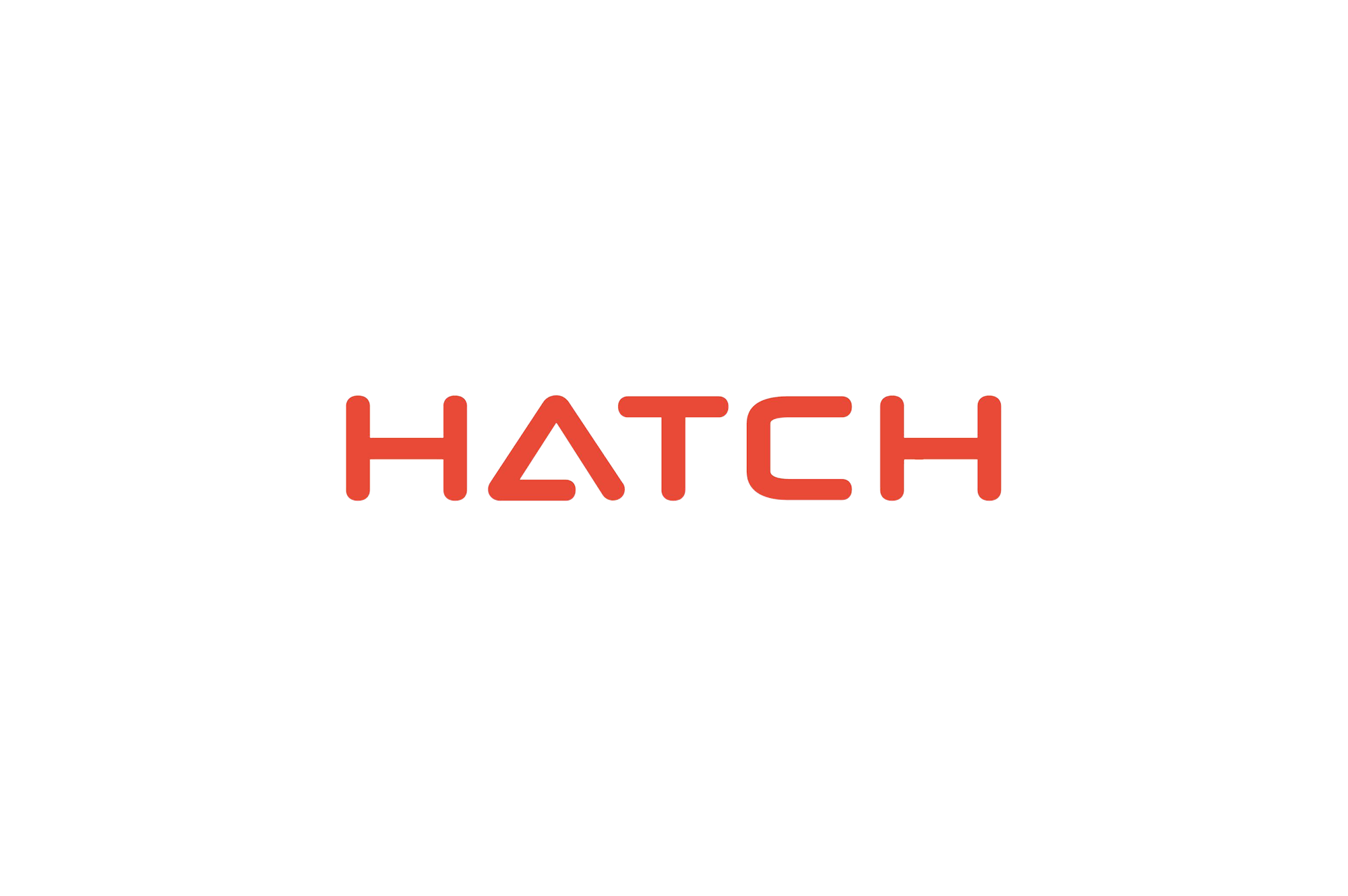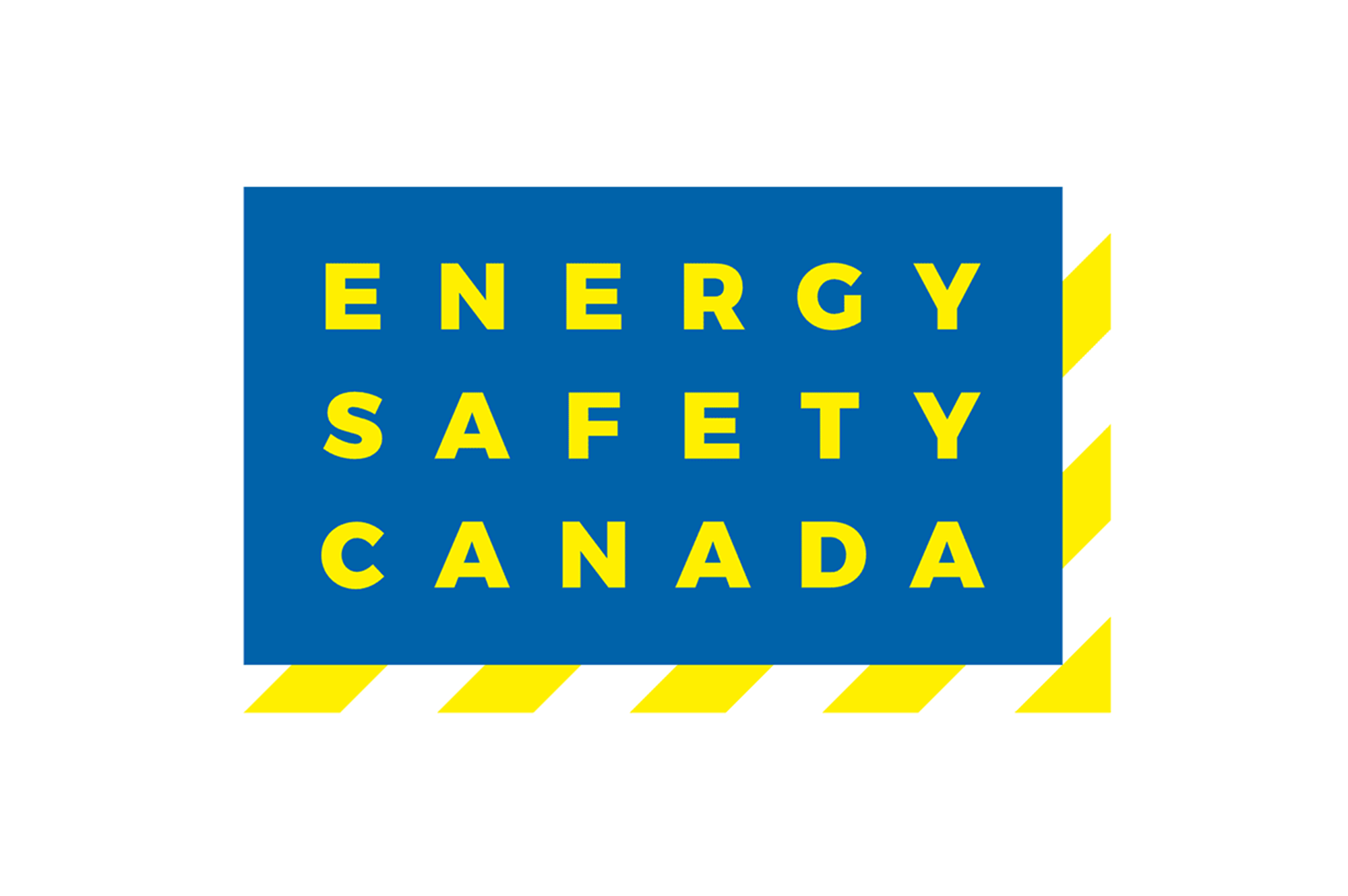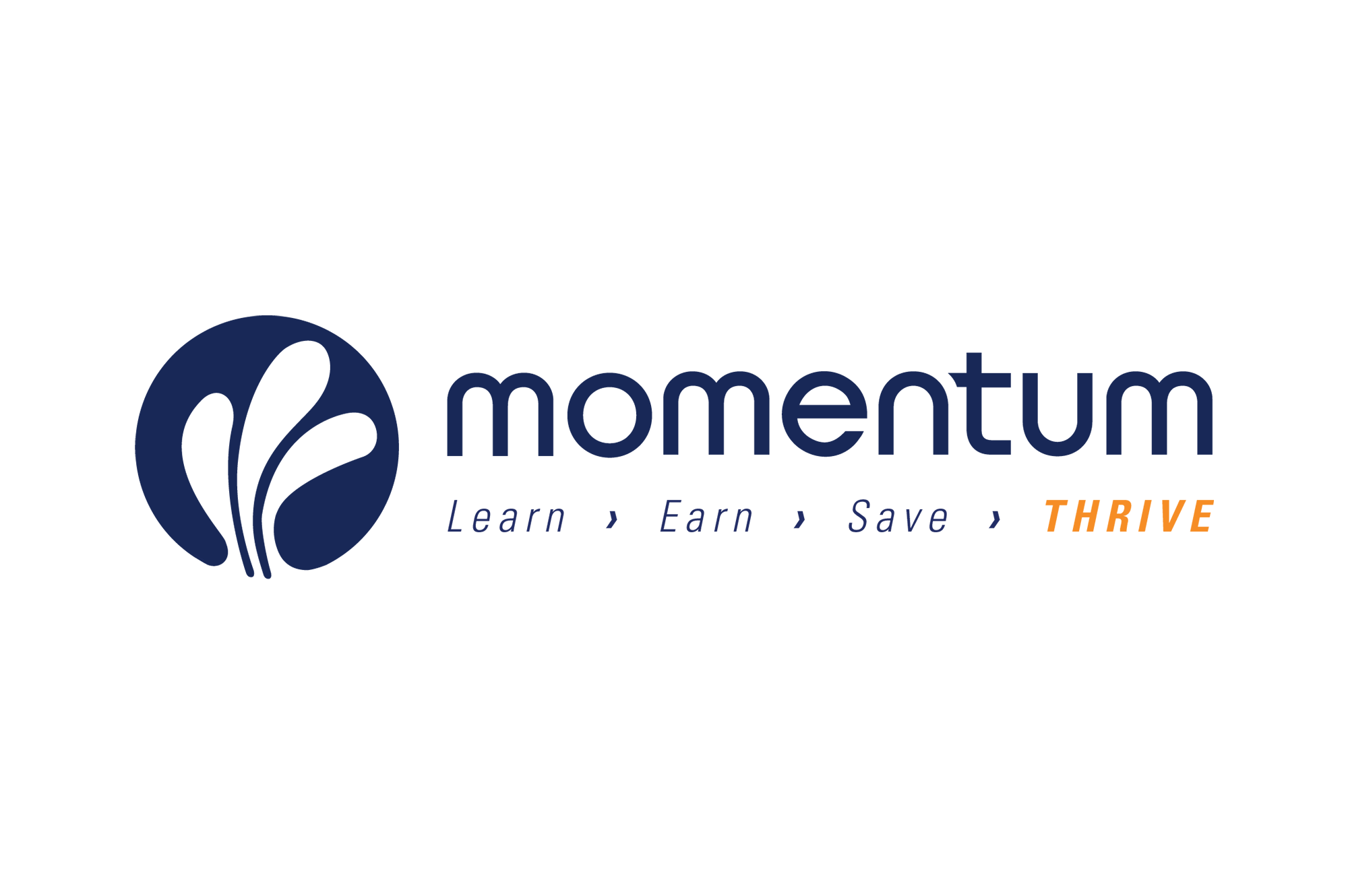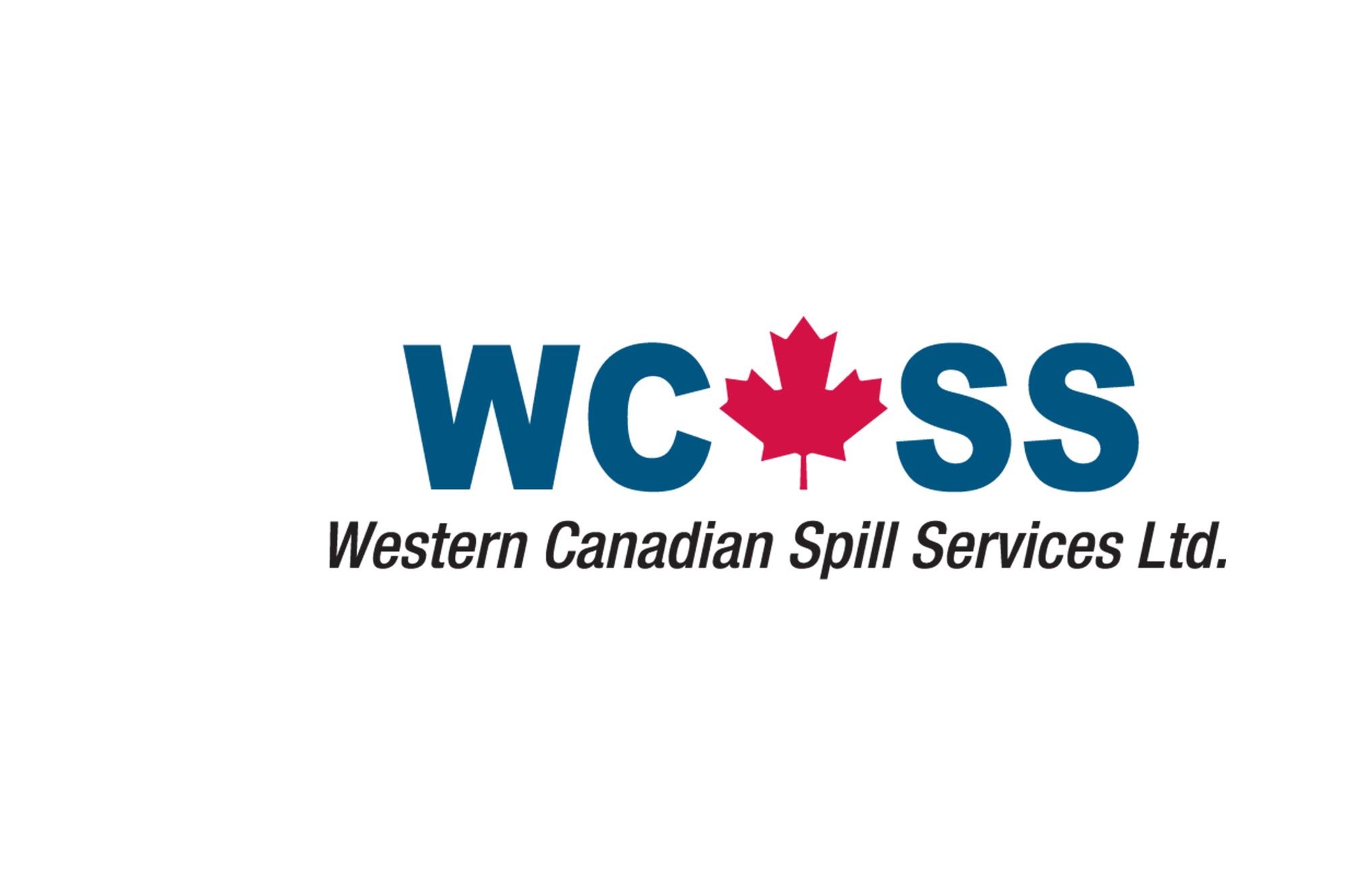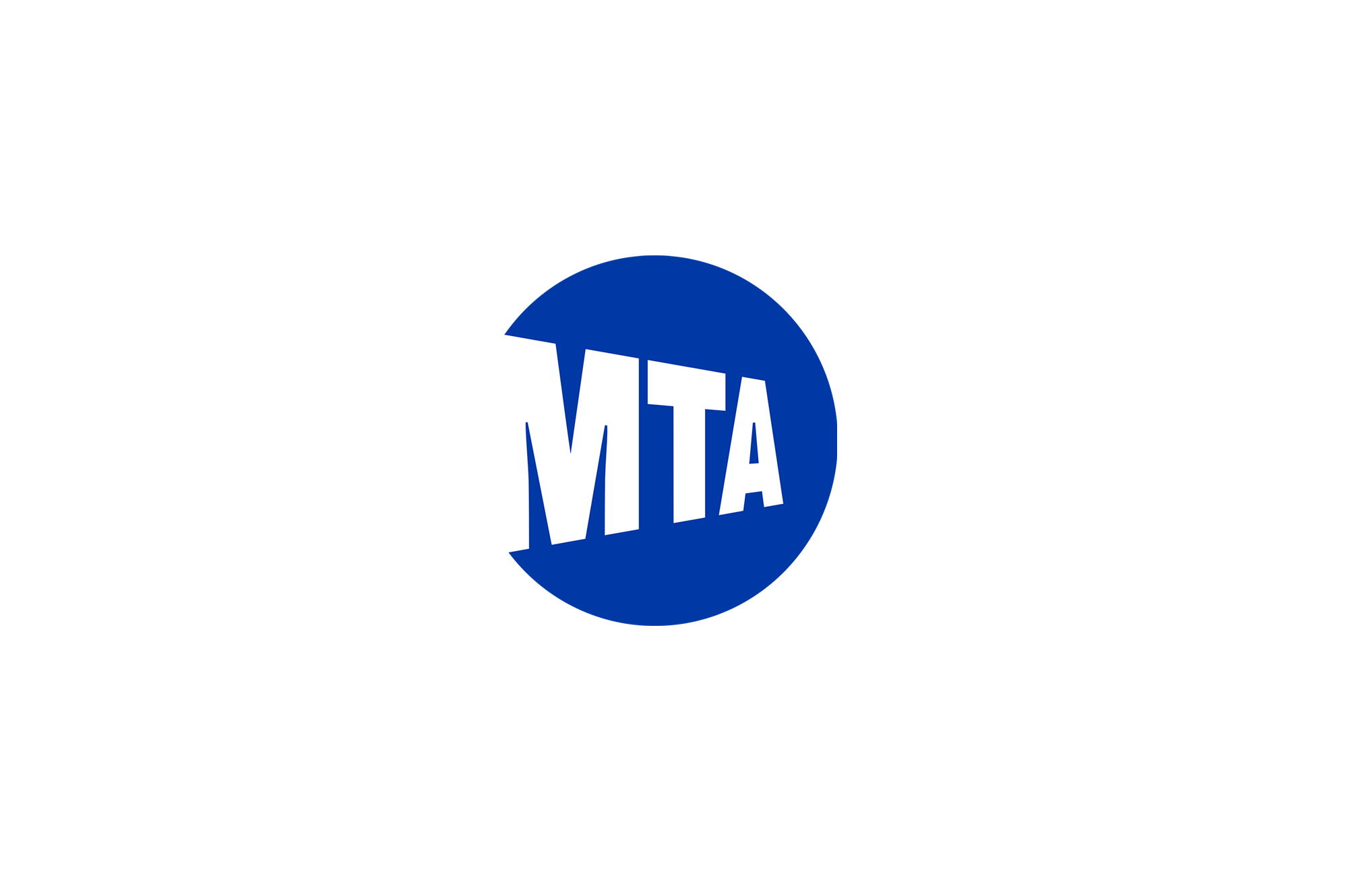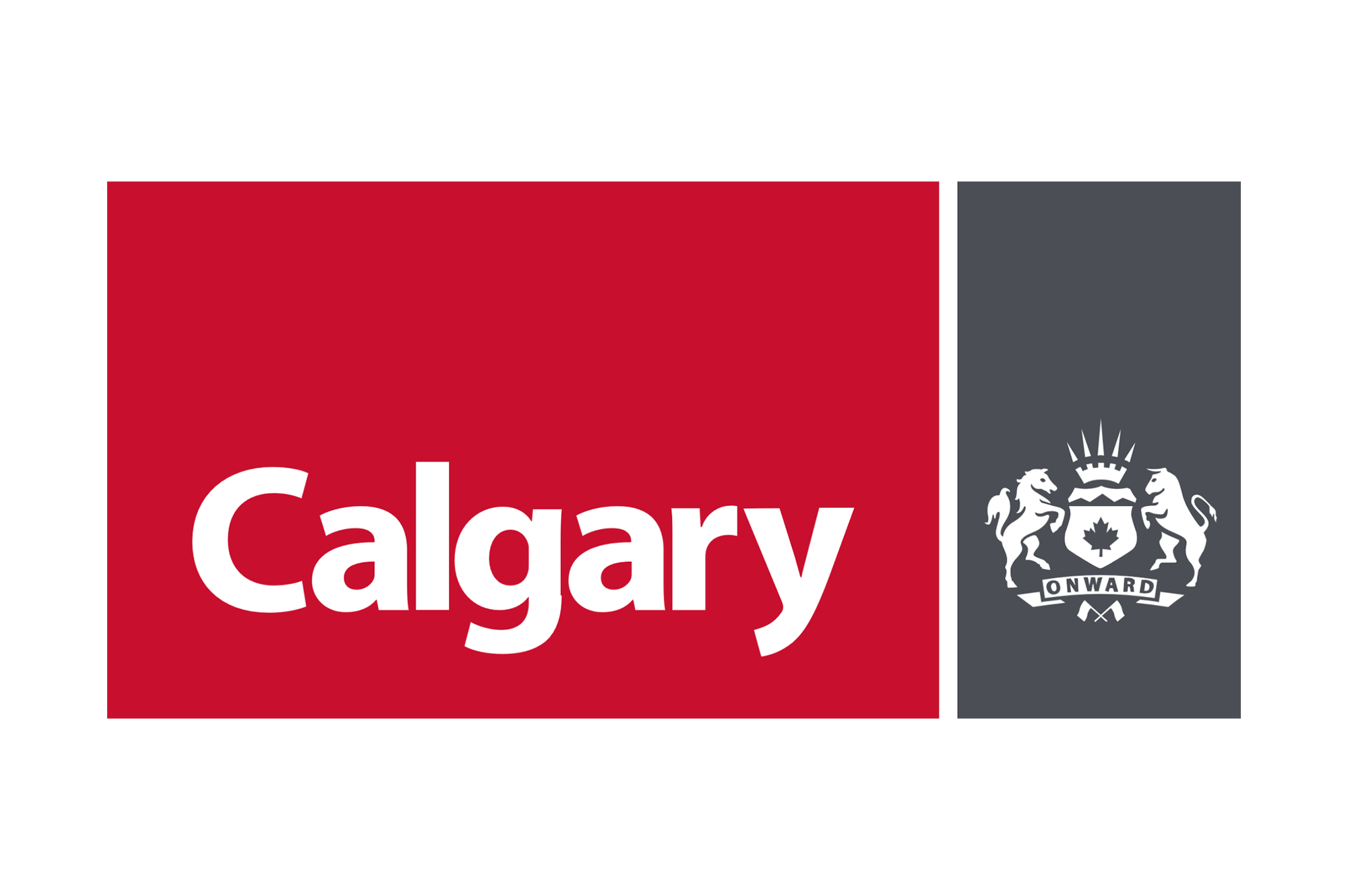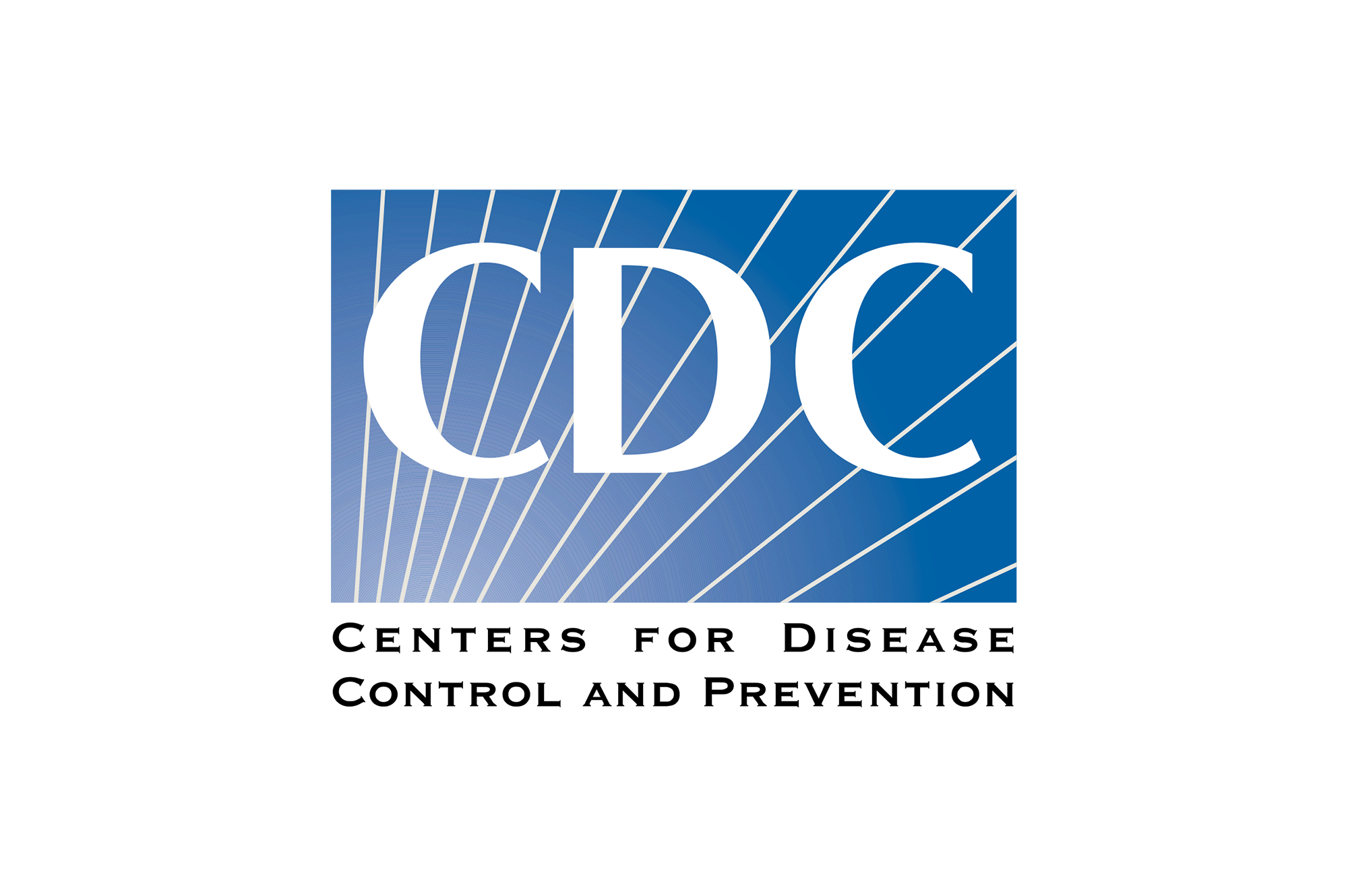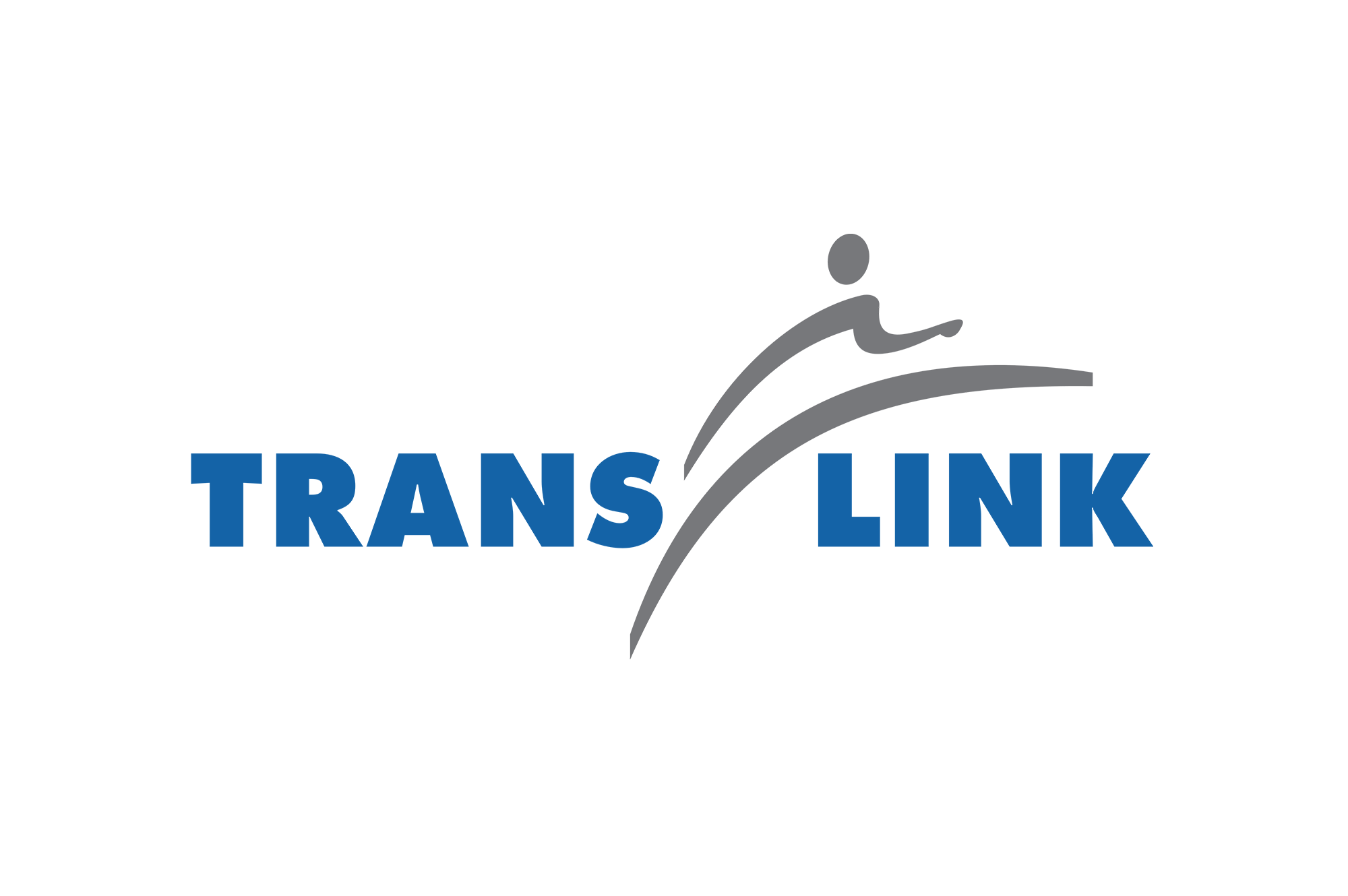BLOG
eLearning: The Future of Work Safety
Let’s look into how eLearning supports occupational health and safety (OHS) training in new work models.

Let’s look into how eLearning supports occupational health and safety (OHS) training in new work models.

In today’s rapidly changing workplace, keeping employees updated with occupational health and safety (OHS) regulations is more critical than ever. This information is transcribed into policies and procedures for your business but how does it get shared to your teams?
As more organizations adopt new workplace models, such as remote or hybrid work, the need for accessible and effective OHS training becomes increasingly important. Fortunately, advancements in eLearning have made it easier for you to provide OHS training to your employees no matter where they are located.
So what are the benefits of eLearning for OHS training? How can your organization ensure the safety and well-being of your employees in these new workplace models? Let’s explore them together.
As hybrid and remote working environments move from emergent and experimental to the status quo, leadership should know that health and safety laws still apply. Not only must an employee be able to work safely in the office, but they must also be able to work safely when working from home or traveling on behalf of their employers. For example, if a hybrid employee is hot-desking (a work space sharing model) when they are in the office, available ergonomic support should meet the same ergonomic standards available at home. Importantly, an employers’ duty of care is the same for remote, hybrid, and in-office employees.
With working from home becoming more mainstream, it is time to take a critical look at employees’ workspaces. Here are a list of health and safety challenges:
eLearning has become increasingly popular for organizations seeking to improve their occupational health and safety (OHS) training programs. By delivering training online, organizations can provide employees with flexible, accessible, and engaging learning experiences that are personalized to meet their specific needs.
As knowledge solutions experts at Xpan, we discovered eLearning to have a benefit of consistency in one concise safety training message from one expert to ensure proper knowledge utilization. eLearning offers several benefits for OHS training, including:
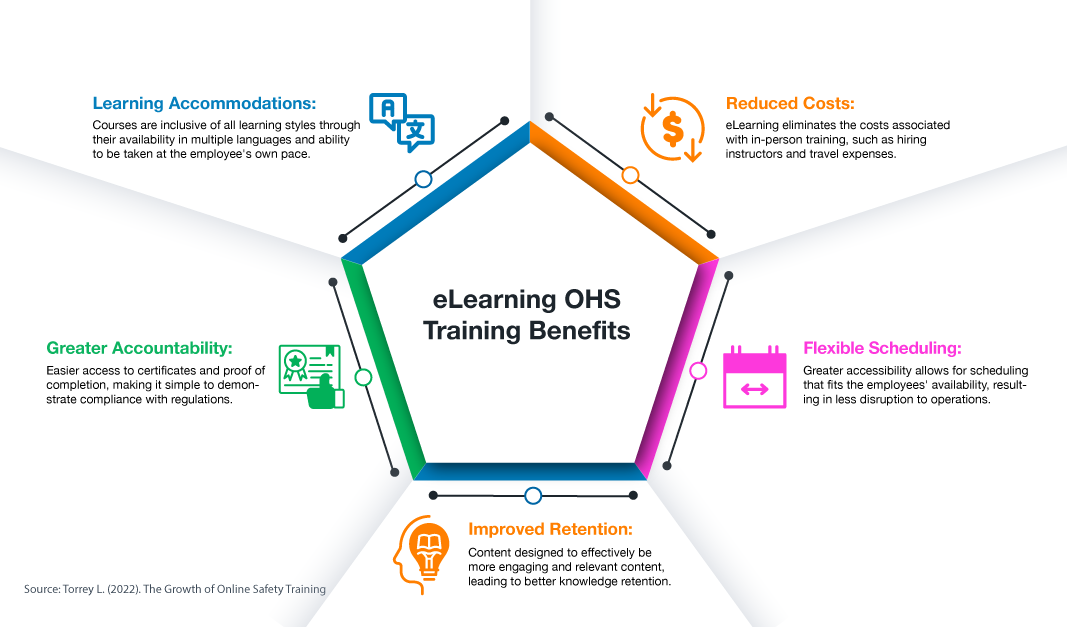
Understanding the health and safety challenges is the first step. To put it into action, leadership must consider how they can offer hybrid and remote employees the means to address certain health and safety issues:
Taking a proactive stance on health and safety for remote and hybrid workers ensures that organizations continue to thrive in this new world of work. What exactly can employers do to protect their remote and hybrid workers? While some have hired ergonomic specialists to review home workstations, a more feasible approach may be to create a Working at Home Safety Checklist. While in some cases, employers may have to purchase the necessary equipment for employees, it may also be possible to repurpose equipment from the offices that are not being used.
Ultimately, establishing these Occupational Health and Safety protocols and procedures for all employees is worth the comparatively small investment. Firstly, doing so communicates that an organization cares about its employees. Healthy and happy employees are more productive than unhealthy employees, and are likely to stay with the organization. Musculoskeletal disorders are the second-biggest cause of work-related illness behind health, depression, and anxiety. Creating a safety checklist for at-home workers helps ensure that employees stay healthy and reduces potential liability for employers.
As the Future Of Work shifts to new models, so will the need for OHS training in their new workspaces. Taking a proactive approach through eLearning will educate your teams on how to take care of their wellbeing.
Looking to create an OHS eLearning strategy for your global workforce? Connect with one of our experts today to learn more.
Or read our Future of Work White Paper!



